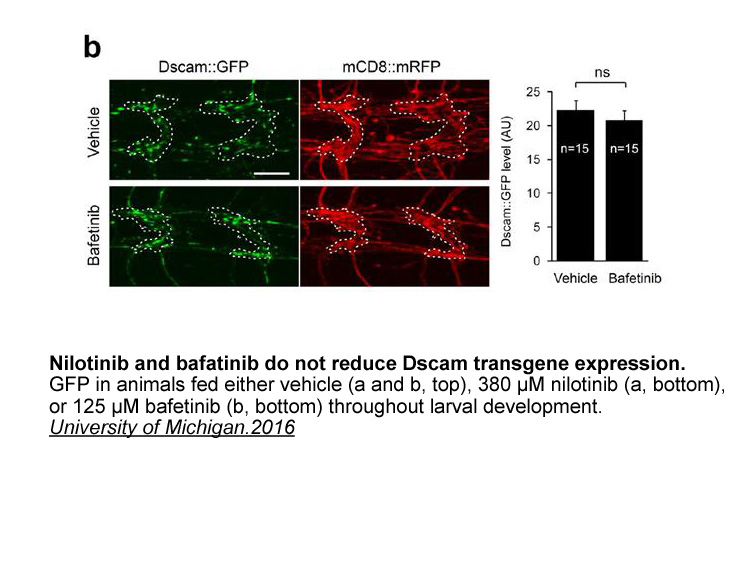Archives
Finally we argue that the estimated penetrance of CI
Finally, we argue that the estimated penetrance of 0.45% (95% CI 0.02%, 9.35%) calculated by leveraging the gnomAD (Lek et al., 2016) population data indicate that T201S is at most a low-risk gene variant for CJD. If we arbitrarily consider a central estimate of 10% or higher as the clinically significant threshold at which to refer for predictive testing, an excess of 44 T201S Cy5 hydrazide (non-sulfonated) in the CJD-diseased population would need to be observed, provided that the other variables remain constant. It is highly unlikely that new variants discovered in routine disease surveillance will achieve these counts in the foreseeable future.
One important factor that determines the accuracy of penetrance estimation is ascertainment of the true population allele count; not only can this be imprecise for singletons of extremely low frequency (such as T201S) but also biased toward underestimation. Within the Exome Aggregation Consortium and gnomAD data set, this is exemplified by the shift in calculated penetrance from 0.22% (95% CI 0.01%, 4.56%) to 0.45% (95% CI 0.02%, 9.35%), when the original Exome Aggregation Consortium database expanded into the gnomAD in which the allele count doubled from 121,384 to 246,250 alleles. Even more strikingly, it was pointed out that 69% of very rare singletons for Europeans (6503 exomes) in the Exome Sequencing Project were not identified again in the Exome Aggregation Consortium database,  despite a 10-fold expansion (Lek et al., 2016). Hypothetically, if this holds true for gnomAD, the true allele frequency of a rare singleton such as T201S could be 1 in 2.5 million or lower, raising the upper limit of the 95% CI to 94% (or higher) and rendering the estimation meaningless. Bearing this in mind, the mere presence of T201S in large gnomAD database does not absolve T201S as a highly penetrant variant. However, the late ages at onset, lack of family history, lack neuropathological features of IPD, and molecular strain typing (glycoform ratio) reminiscent of sCJD are all in line with the estimation that T201S is either benign or at most a low-risk variant below “clinically significant” threshold.
despite a 10-fold expansion (Lek et al., 2016). Hypothetically, if this holds true for gnomAD, the true allele frequency of a rare singleton such as T201S could be 1 in 2.5 million or lower, raising the upper limit of the 95% CI to 94% (or higher) and rendering the estimation meaningless. Bearing this in mind, the mere presence of T201S in large gnomAD database does not absolve T201S as a highly penetrant variant. However, the late ages at onset, lack of family history, lack neuropathological features of IPD, and molecular strain typing (glycoform ratio) reminiscent of sCJD are all in line with the estimation that T201S is either benign or at most a low-risk variant below “clinically significant” threshold.
Conclusion
At present, although we cannot conclusively determine whether T201S is a nonpathogenic variant co-occurring with sCJD or a low-risk non-Mendelian variant, its estimated penetrance is insufficient to justify routine predictive PRNP testing in individuals at risk of T201S. The results of our analyses were discussed with the family of case 2, and the above conclusion was conveyed. Nevertheless, her offspring requested a referral to a clinical geneticist, who arrived at the same conclusion, and similarly advised against predictive PRNP testing. We recognize that further research, particularly expanding the coverage of molecular strain typing to include other PRNP sequence variants of varying pathogenicity and penetrance, is required to refine it as a discriminating tool. In a ddition, future expansion of large-scale population genomic databases in tandem with assiduous surveillance and sequencing of PRNP in CJD cases will further hone the precision of estimating true penetrance of rare sequence variants.
ddition, future expansion of large-scale population genomic databases in tandem with assiduous surveillance and sequencing of PRNP in CJD cases will further hone the precision of estimating true penetrance of rare sequence variants.
Disclosure statement
Acknowledgements
Introduction
The WD-repeat β-propeller protein RACK1 interacts with an expanding list of protein “partners” and therefore has numerous and diverse functions in cells (see refs. [1], [2], [3] for reviews). First isolated as a partner of specific protein kinase C isoforms, for which it was named receptor for activated C-kinase [4], [5], [6], [7], [8], RACK1 has also been shown to interact with a considerable number of other signal transduction proteins, including the cAMP-specific phosphodiesterase PDE4D5 [9], [10], [11], [12], [13], [14], [15], [16], [17], the tyrosine kinase oncoproteins SRC [18], [19], [20], [21], FLT1 [22], and FAK [23], protein serine phosphatase PP2A [24], [25], [26], the MAPKs JNK1 and ERK1/2 [27], VARP [28], phospholipase C [29], the NMDA receptor [30], [31], [32], [33], cytokine and growth factor receptors [34], [35], [36], [37], [38], Gsβγ[39], [40], [41], [42], selected 14.3.3 isoforms [43] and likely other signaling proteins [44], [45], [46], [47]. RACK1 also interacts with members of complexes that play important roles in protein degradation, such as the Cullin-2 based E3 ubiquitin ligases [48], [49], as well as certain enzymes of unclear cellular function, such as inositol-requiring enzyme 1 (IRE1; ref. [50]). RACK1 also may interact with elements of the cytoskeleton, including β-integrins [51], [52], [53], [54], [55], [56] and β-actin [21], [57]. In some of these contexts, RACK1 has been considered to be a scaffold protein, i.e., a protein that mediates the association of two other, separate proteins and thereby allows them to interact functionally [58].